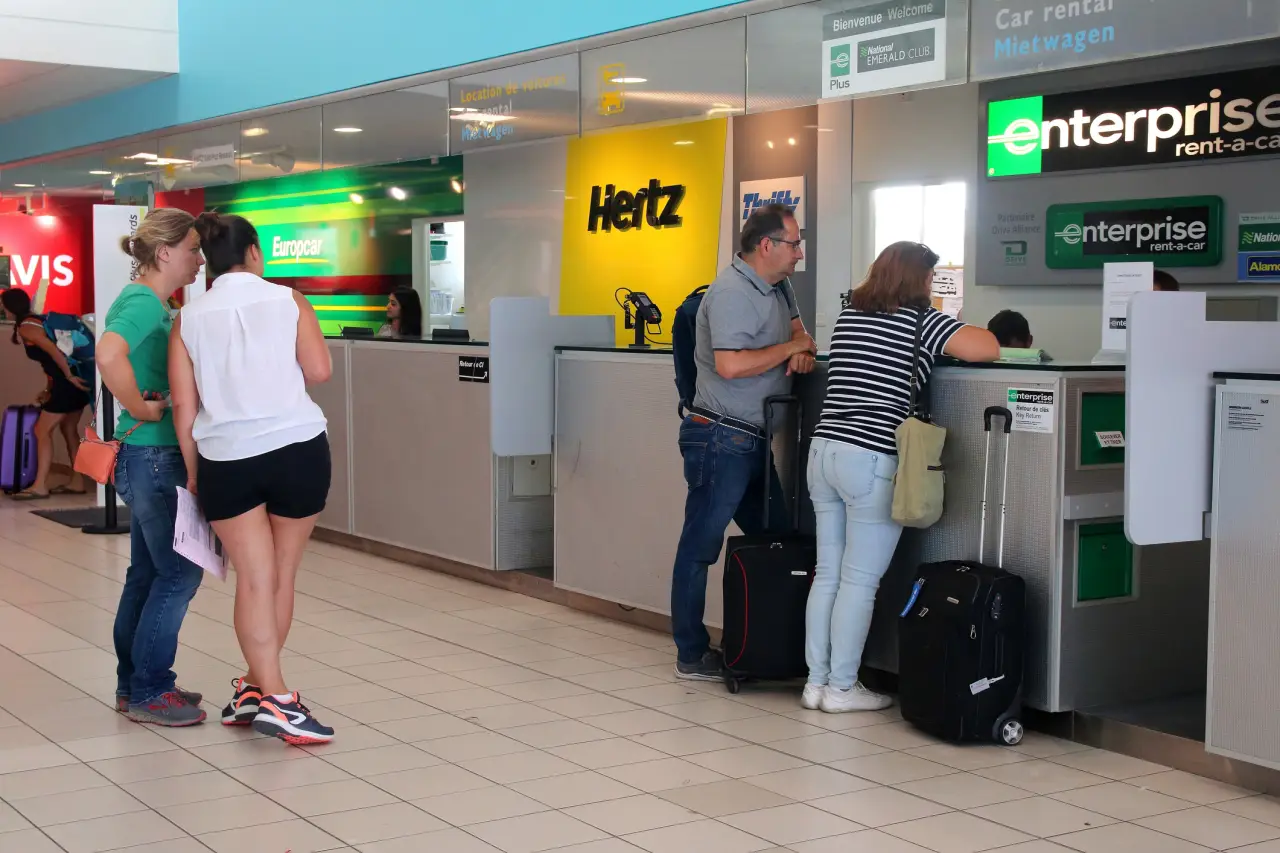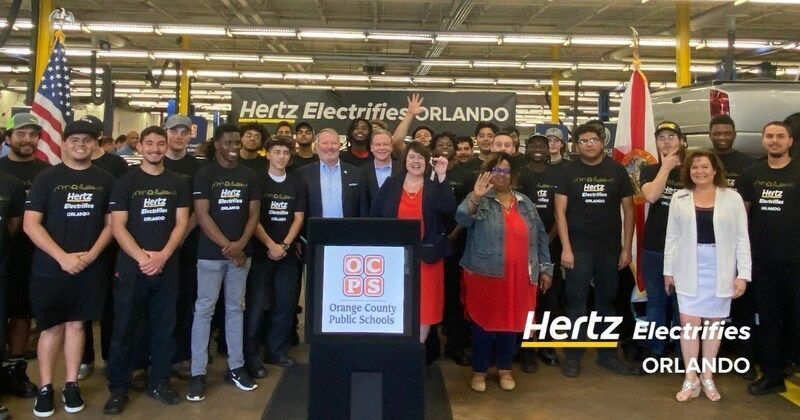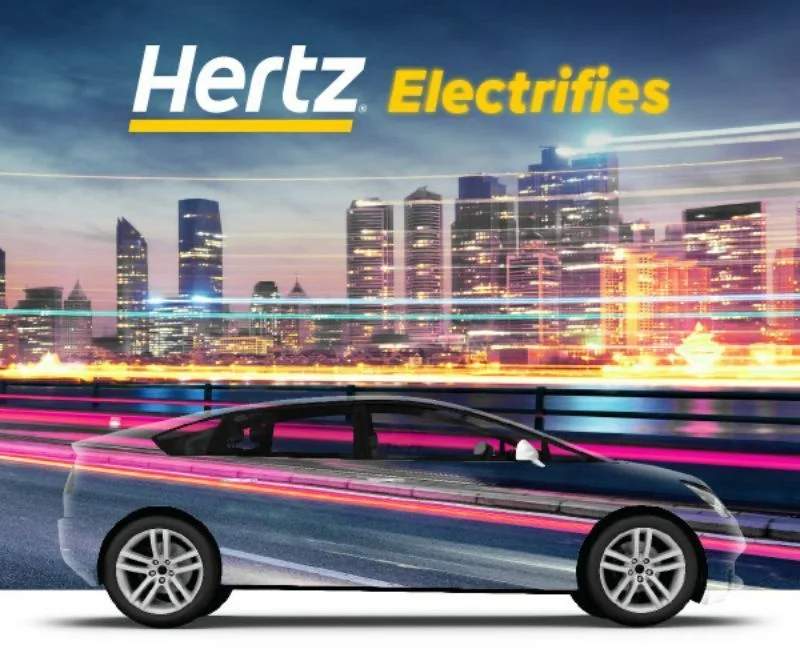Hertz Global Holdings, Inc. reported its third-quarter results for 2024, showing significant financial challenges amid an ongoing transformation of its operations and fleet management strategy.
Despite efforts to stabilize revenue and streamline operations, Hertz posted a GAAP net loss of $1.3 billion, translating to a $4.34 loss per diluted share.
This outcome was heavily impacted by a non-cash asset impairment charge of $1.0 billion due to declining fleet residual values over the past year.
The third-quarter revenue for Hertz stood at $2.6 billion, which remained steady year over year as the company maintained a disciplined approach to capacity, focusing on high-value, premium rental channels. This commercial strategy allowed Hertz to stabilize revenue per unit (RPU) while controlling volume in lower-yield channels.
However, the cost of maintaining this strategy was a significant increase in vehicle depreciation, which totaled $937 million for the quarter, contributing to Hertz’s adjusted corporate EBITDA of negative $157 million.
Gil West, CEO of Hertz, acknowledged the challenges while remaining confident in the company’s strategic direction. “In the third quarter, we continued executing on our efforts to implement our transformation, focusing on our back-to-basics strategy to deliver sustainable, long-term returns for shareholders. Our team’s commitment to both our customers and our strategic objectives was evident throughout the summer.”
As Hertz proceeds with its operational transformation, it has accelerated its fleet rotation, expecting the process to be substantially complete by the end of 2025. This initiative, aimed at modernizing the fleet, contributed to a sharp rise in vehicle depreciation per unit (DPU), which hit $537 for Q3 2024. Hertz anticipates that as the fleet rotation stabilizes, DPU should return to below $300, improving the company’s financial performance.
Direct vehicle and operating expenses (DOE) saw a slight decrease due to lower transaction volume, although this was partially offset by rising insurance and licensing costs. Per transaction day, DOE increased by 2% year over year but decreased by 2% from the previous quarter, indicating progress in cost control. Structural operational efficiencies remain a key focus, with Hertz targeting further improvements in unit costs in the coming quarters.
Adjusted corporate EBITDA, a core metric reflecting the company’s profitability, was negative $157 million, a stark contrast to the positive EBITDA recorded in the same period last year. This downturn was primarily driven by increased vehicle depreciation costs tied to the fleet rotation initiative. Despite this setback, Hertz is optimistic that completing the fleet rotation will lead to normalized costs and better financial results in the future.
Corporate liquidity stood at $1.6 billion at the end of September 2024, positioning Hertz with a solid cash buffer as it navigates these financial challenges. The company recorded GAAP operating cash flow of $894 million, although adjusted free cash outflow was $154 million for the quarter.
Hertz’s long-term strategy aims to reposition the company by focusing on sustainable operations and value-driven growth. With the transformation expected to conclude by the end of 2025, Hertz is working towards a more streamlined business model that can deliver consistent returns for shareholders. While challenges remain, the company’s leadership remains committed to achieving its goals and stabilizing performance.











